The recently completed section of my route terminated in the city of Salvador, a World Heritage Site, and the week-long side trip I made following my stay there would allow me to make brief visits to two more Sites. Such whirlwind visits are not always ideal, but in this case the Sites in question are probably not of the top-level variety, so I felt it worked out.
The best of the three was Salvador itself, which, like the numerous other World Heritage historic zones of Colonial cities in Latin America, contains an array of fine old buildings scattered along narrow, cobbled streets, namely in an area of the city called Pelourinho.
However, during my two days there I was particularly tired from the previous section of the route, and I didn’t necessarily sightsee as diligently as might normally have done. For example, the area has a particularly large collection of attractive churches, but I didn’t notice many people going in or out of them, so I did not attempt to either, which may have been a tactical error, as their interiors are said to be quite beautiful
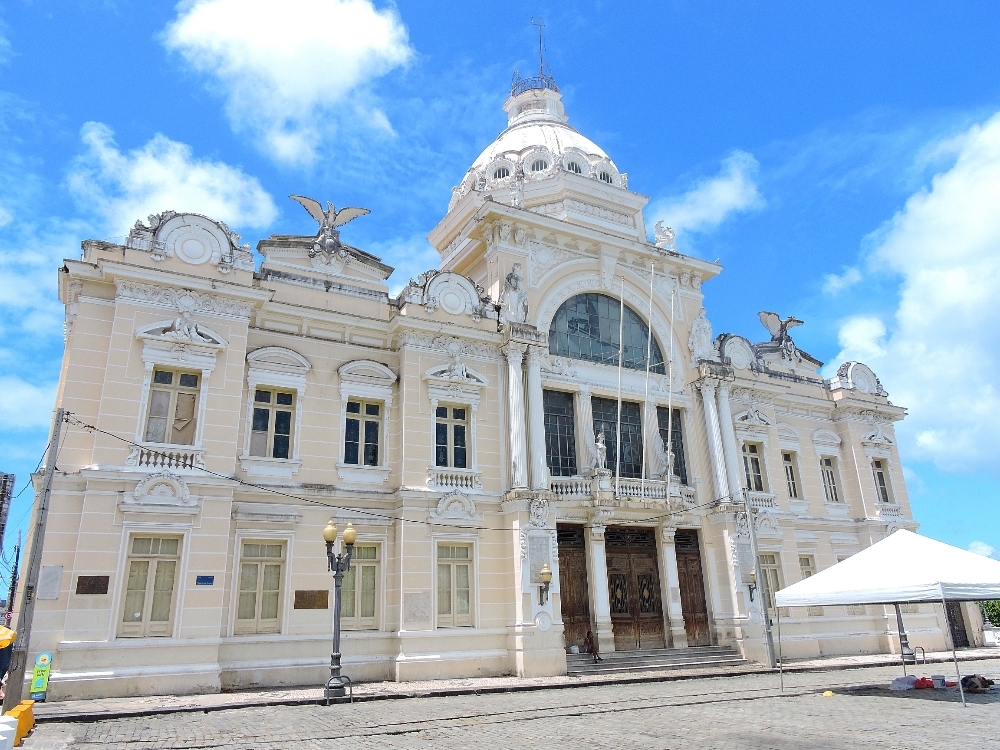
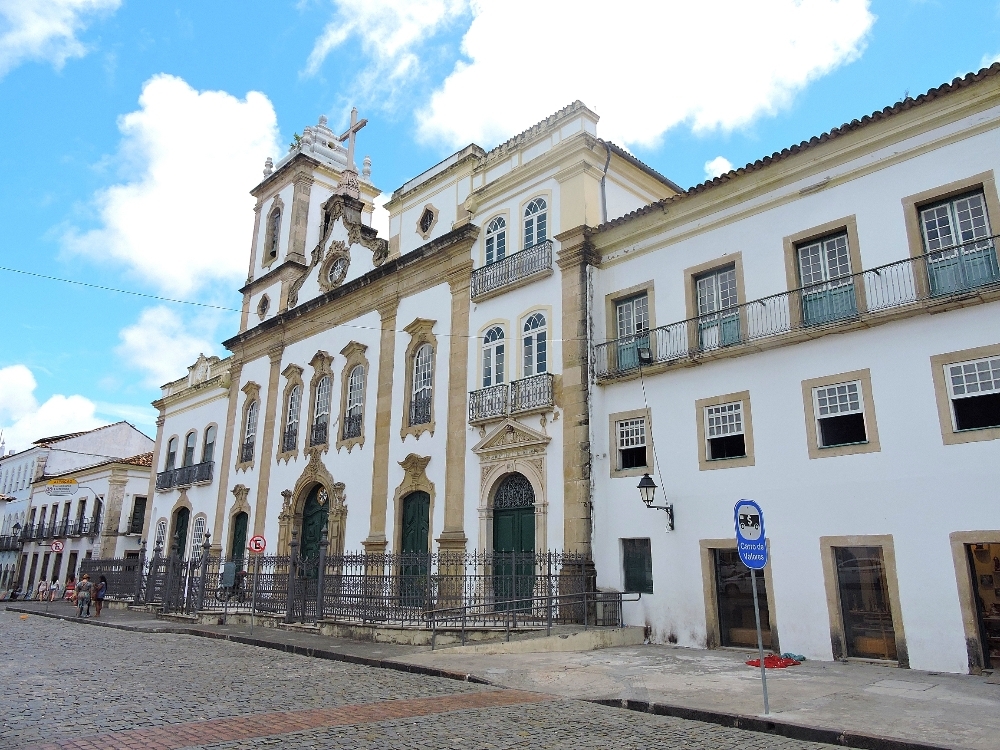
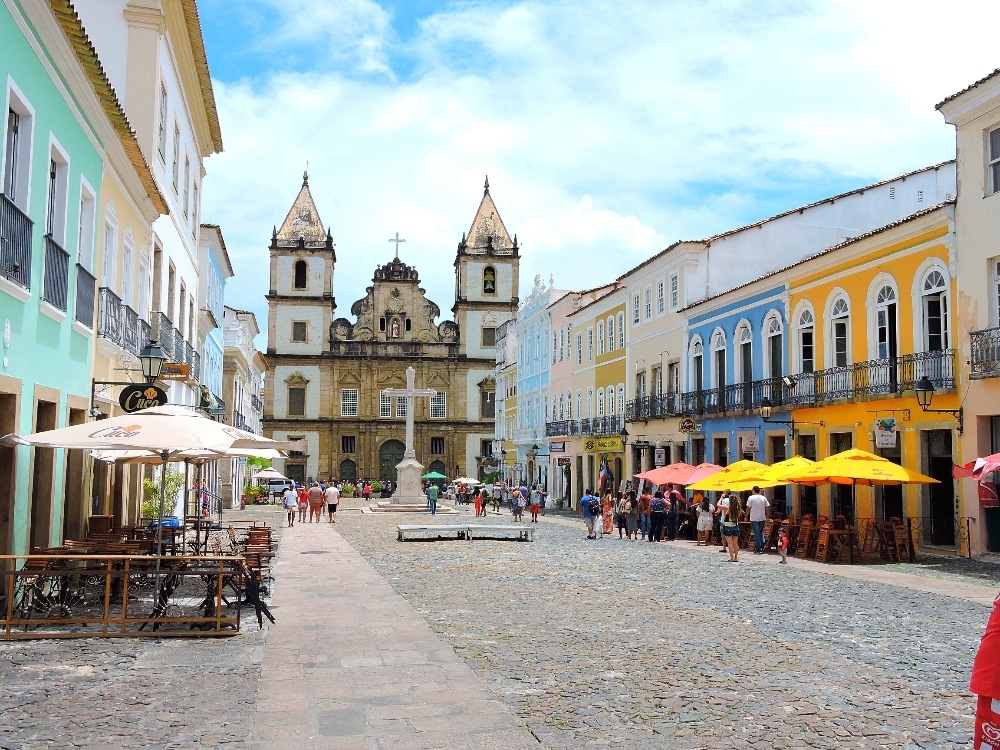
Nevertheless, I enjoyed my visit there, and was impressed by the fine architecture that is on display. It was also an interesting experience to be in a city named Salvador
leading up to the primary Christian holiday of the year, however, that did not seem to be as major an event there as one might expect.
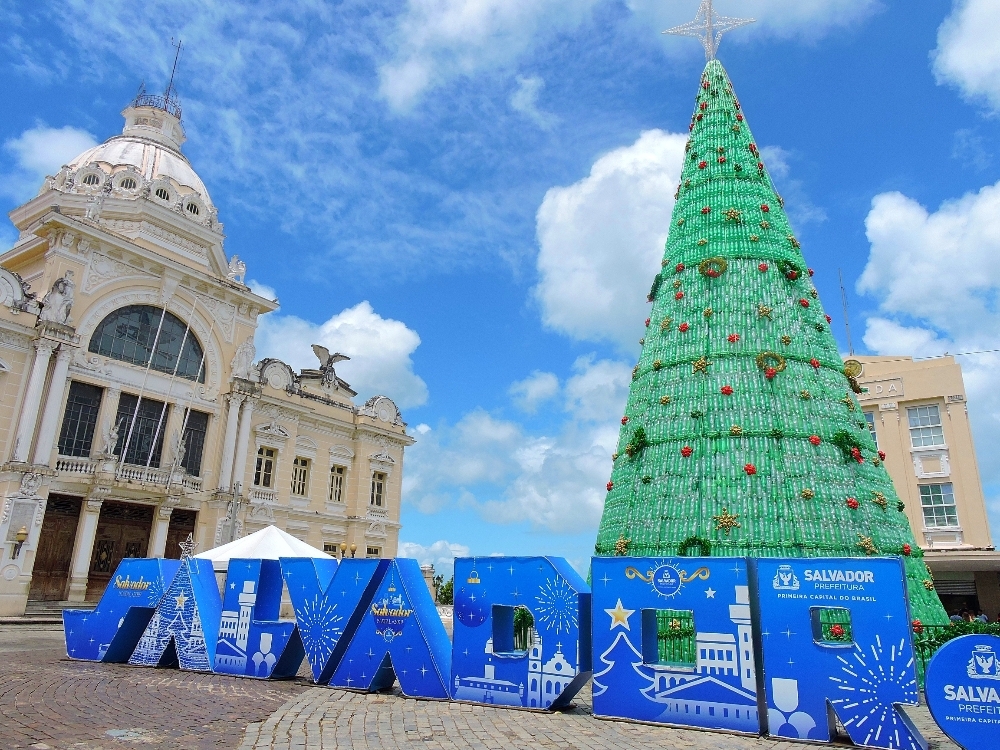
The second site, the Discovery Coast Atlantic Forest Reserves, are a collection of small fragments of the important, but extremely endangered, bioregion of Brazil known as the Atlantic Forests. I visited the Veracel Estação, a tiny fragment of only several square kilometers, just to the west of the coastal city of Porto Seguro, itself a few hundred kilometers south of Salvador. There is another similar World Heritage Site even further south, which I saw on my previous Tour, containing another series of forest sections, and I had wondered why these were inscribed as two separate Sites. After visiting, it seemed to me that the amount of rainfall received by these more northerly sites is notably less, resulting in fewer very large trees, and giving them a rather distinct ecosystem compared to their southern counterparts. I made this a rather fast visit, since seeing birds was my main goal, and that proved to be rather unproductive on that occasion, however, I will touch on that in the other section.
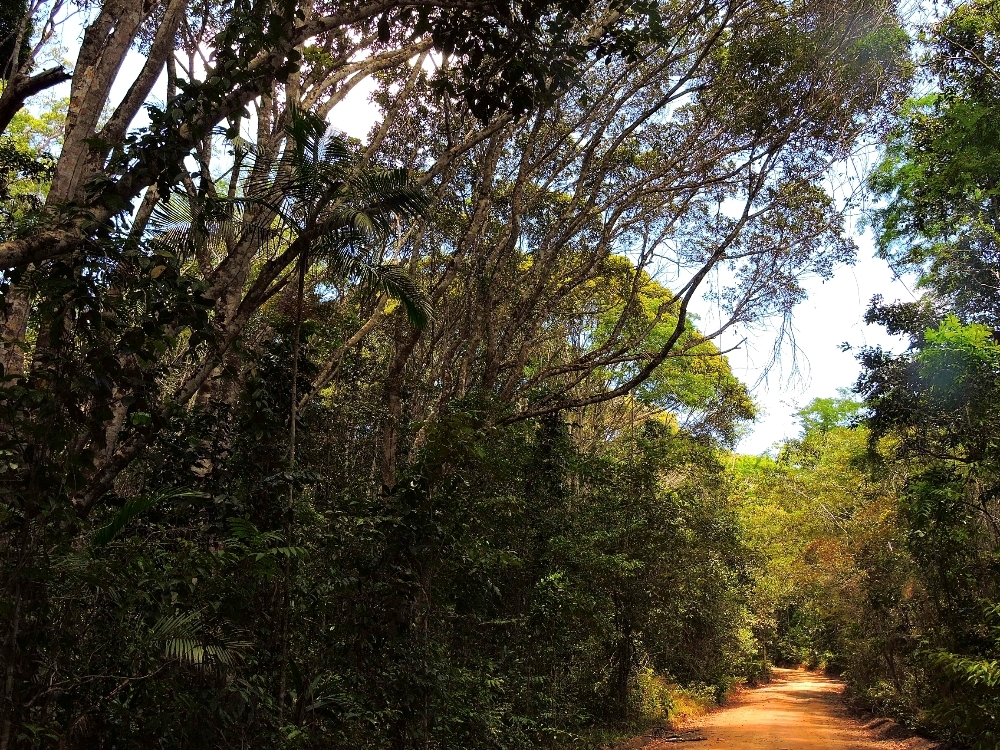
The third Site was an even quicker visit, because of its general characteristics. I had visited Rio de Janeiro on my earlier Tour, but decided to go back this time for a couple of days, primarily to try to see a few more birds than I previously had. In the interim, a small World Heritage Site in the city center was added to the List, and, since I was in the neighborhood, of course I needed to stop by for a look. The Site is Valongo Wharf, an archeological site that was only rediscovered fairly recently. It is the location where most of the human cargo stolen from Africa was brought ashore in Brazil to be used as Slave Labor. This is unquestionably an important and moving place, but, like many other archeological Sites on the list, there is relatively little to see during a visit today. I spent a few minutes, tried to use my imagination to get a feeling for what it may have been like in the past, then moved on to other things.
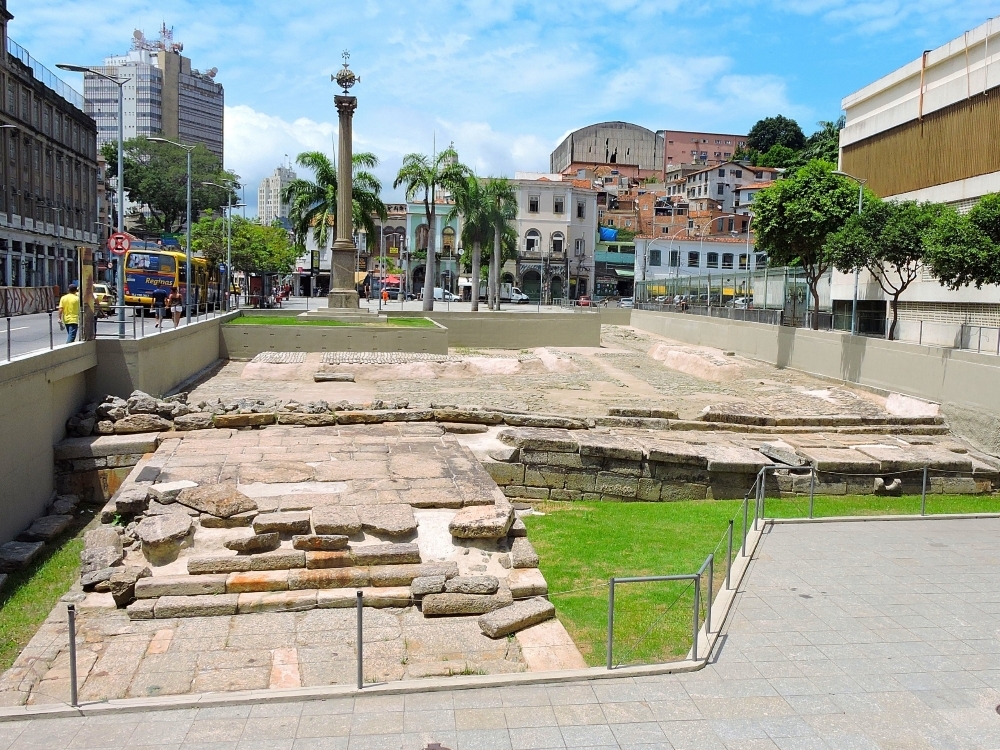
If all goes well, I should be able to visit three more Sites before my next major transfer to another part of the World, where World Heritage Sites will be more plentiful, and frequently even more visually impressive.